It’s 1938, Hitler is in power in Germany and England can see a war might be looming across Europe once more. The government need a top secret location that won’t be identified, that is as inconspicuous as it is amazing. Hugh Sinclair, the head of the English Secret Intelligence Service, finds the perfect location – a ‘monstrous pile’ in the countryside in the middle of nowhere, over 2 hours from London. The government don’t have the money to pay for it, but Sinclair buys it with his own money and starts setting up a place that will change the course of history – for England, for Europe and for the world.
History of Bletchley Park
After the first world war, The GC&CS (Government Code & Cypher School) was set up to work on de-coding and de-cyphering intelligence across Europe. On the day Britain declared war on Germany in September 1939, a number of these code breakers moved from London to Bletchley Park. Recruitment for more began in earnest and crossword solvers, professors, mathematicians, historians, linguists and most importantly – anyone who could problem solve, was considered.
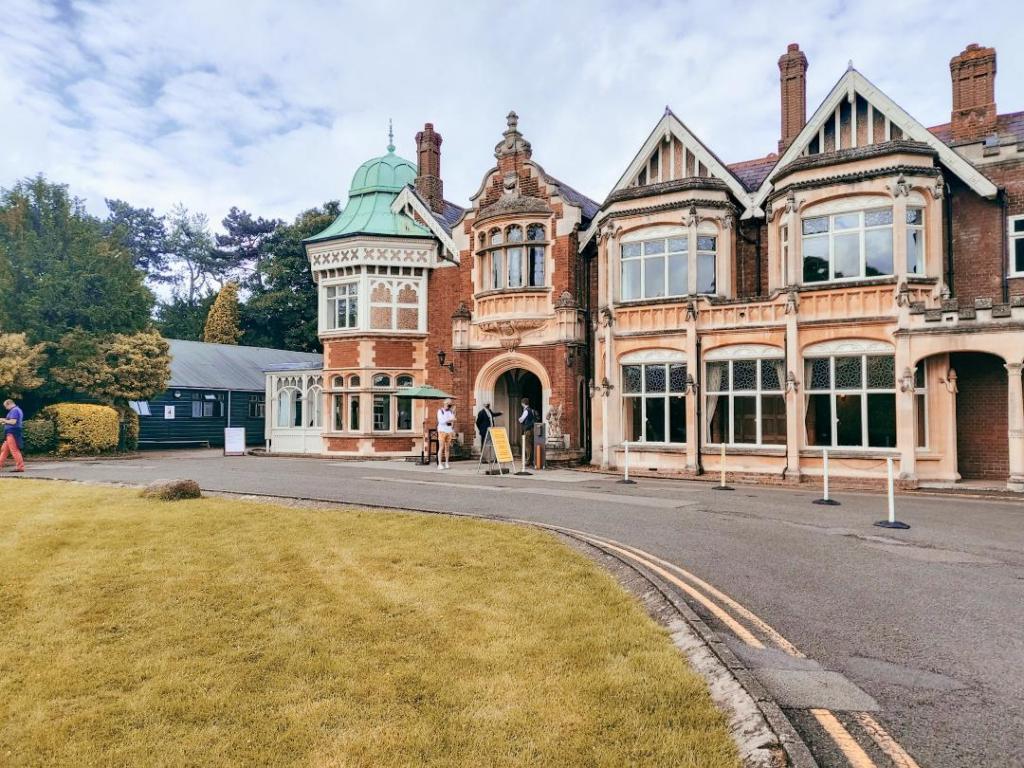
Over the course of the war these incredible people worked tirelessly, day and night, to break the unbreakable codes of the German Enigma machine – one of the most complex encryption machines ever invented; as well as the even more complex Lorenz cyphers. The intelligence obtained as a result directly lead to the success of many missions during WW2, the most notable of which is perhaps the D-Day landings in Normandy which were the beginning of the end of the Nazi regime in Europe.
What to see at Bletchley Park
There is so much to see at Bletchley Park, and you can easily spend the whole day exploring the site. We spent 6 hours and managed to cover every exhibit. Here are some of the highlights:
A. The Mansion
The mansion is where it all started as it’s where the first codebreakers were housed, before expanding out to the huts and wider grounds. In the Mansion today, you can discover a permanent exhibition on the early days of Bletchley’s wartime story, the office of Alastair Denniston (Head of GC&CS), the library as it would have been as a Naval Intelligence Office during WW2 and the Veteran’s Stories exhibition telling the stories of many who worked at Bletchley Park.
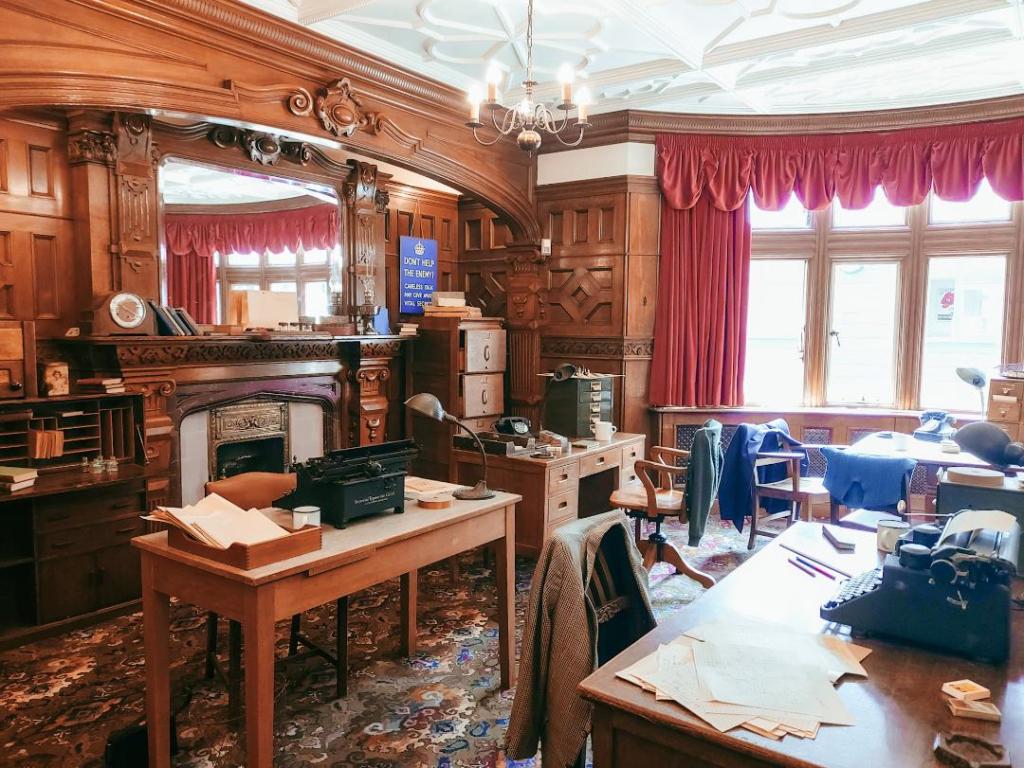
B. Hut 11 & 11A – Cracking Enigma & The Wrens
Hut 11 was my favourite part of the exhibits. It starts with an exhibition on how the Enigma code was cracked. Two amazing men, Turing and Welchman, built a machine called a Bombe which could run multiple combinations at once, rather than relying on humans to do it. It was fascinating to read how complex they were, and even having had it explained to me I still couldn’t do it! Interestingly the machine can’t just de-cypher on its own, it has to have all the settings identified, meaning a human has to know enough about the code to guess its set up. The exhibition also enables you to de-cypher yourself and set a Bombe machine running to decode, as well as talks about their production and examples of intelligence they gathered to help the war effort.
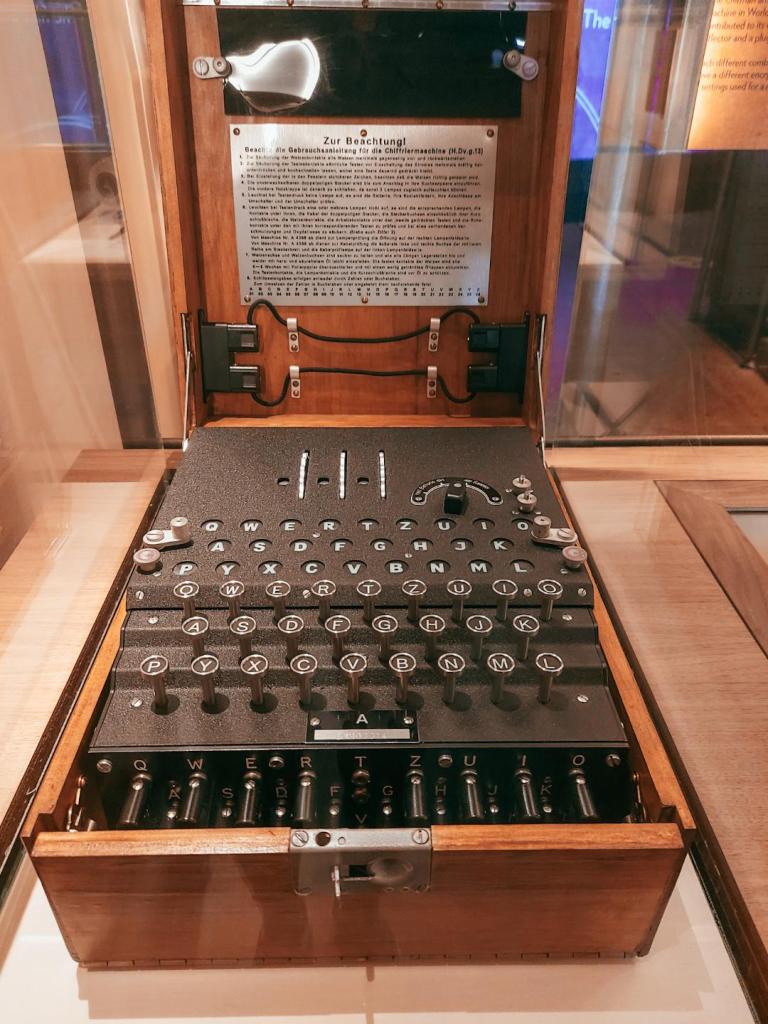
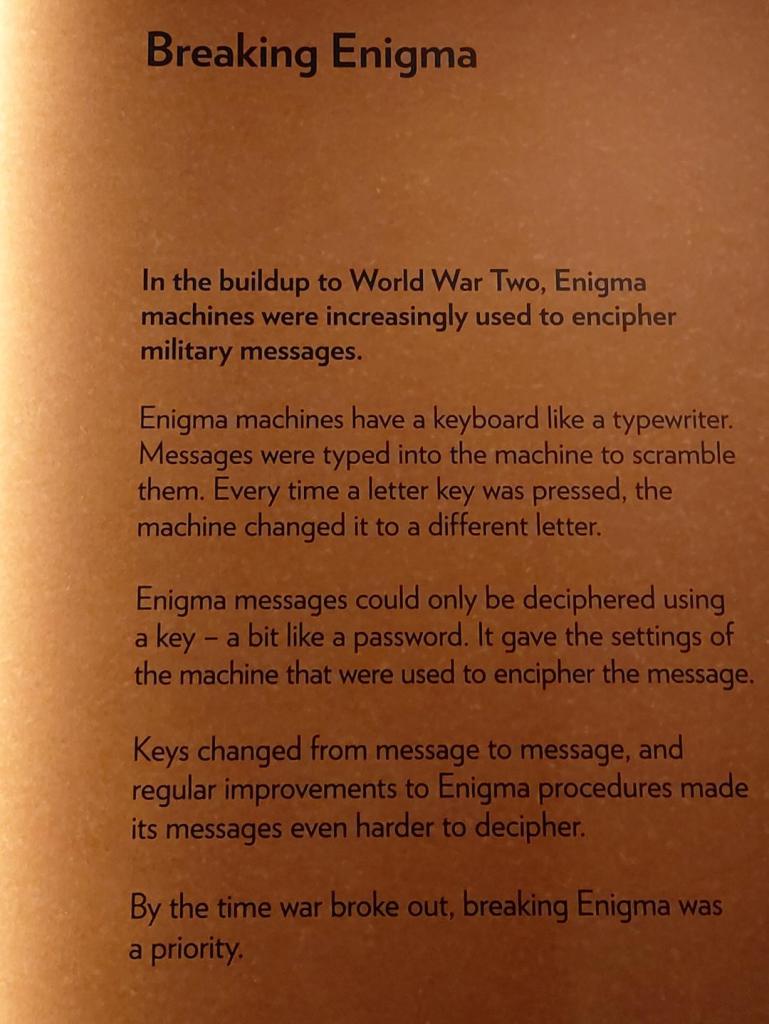
The second part of Hut 11 is a restored Hut that housed the Turing-Welchman Bombe machines – now restored and refurbished with an atmospheric exhibition giving a voice to the women who worked the machines in the Hut they dubbed the “Hell-Hole”. It tells the story of the women who operated them and the conditions they had to work in. What amazing women!
C. Block B – Enigma Machines & Main Museum
This is the main museum part of the site. There are a number of galleries including The Life and Works of Alan Turing, the story of breaking the Lorenz Cypher, a huge display of Enigma machines, breaking Japanese codes, and a timeline of Bletchley Park’s impact. It’s absolutely fascinating to read all about it, and it felt really humbling to learn about the crazy hard work and dedication of all of these amazing people. And for so long, their stories and work was completely unknown as it had to be kept secret until long after the war.
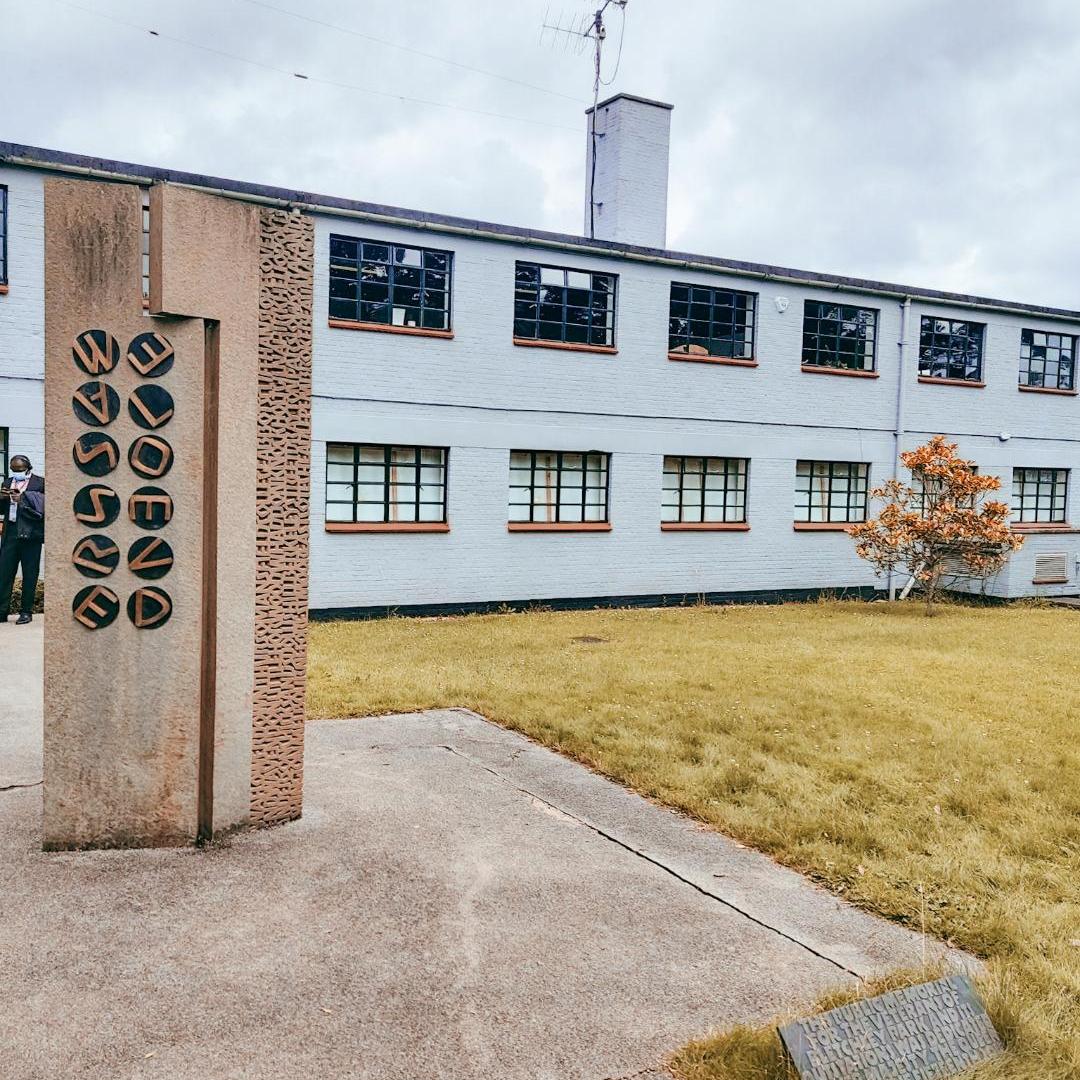
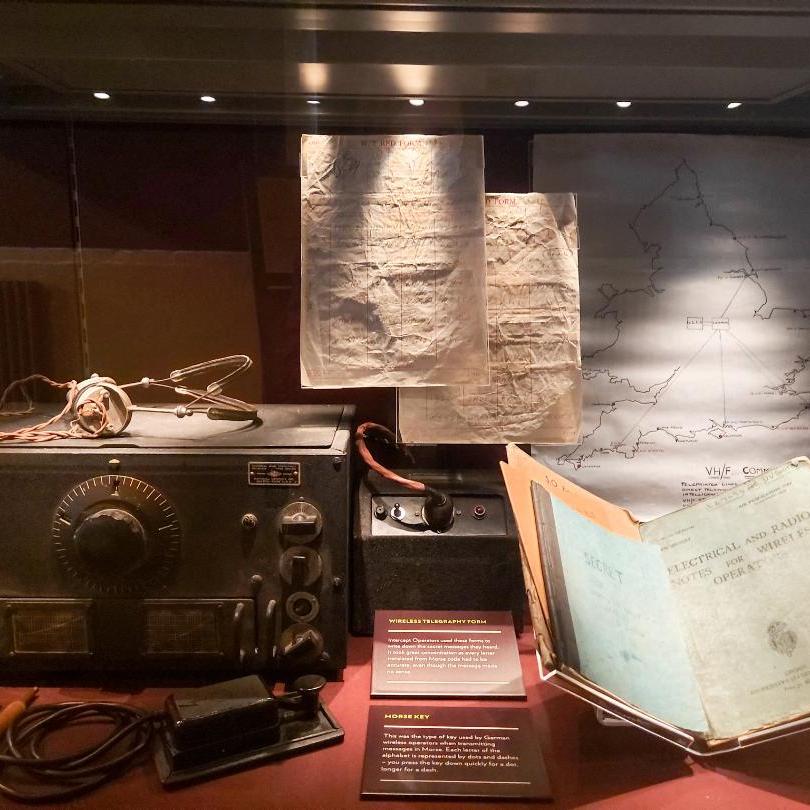
The Museum entrance (L) and Inside (R)
I found Turing’s story particularly moving. Turing is the man who developed the Bombe machine, one of the most influential people in the war effort, who effectively developed the first ‘computer’. A hero. A role model. Someone who deserved to be celebrated and praised. Not in 1950s England.
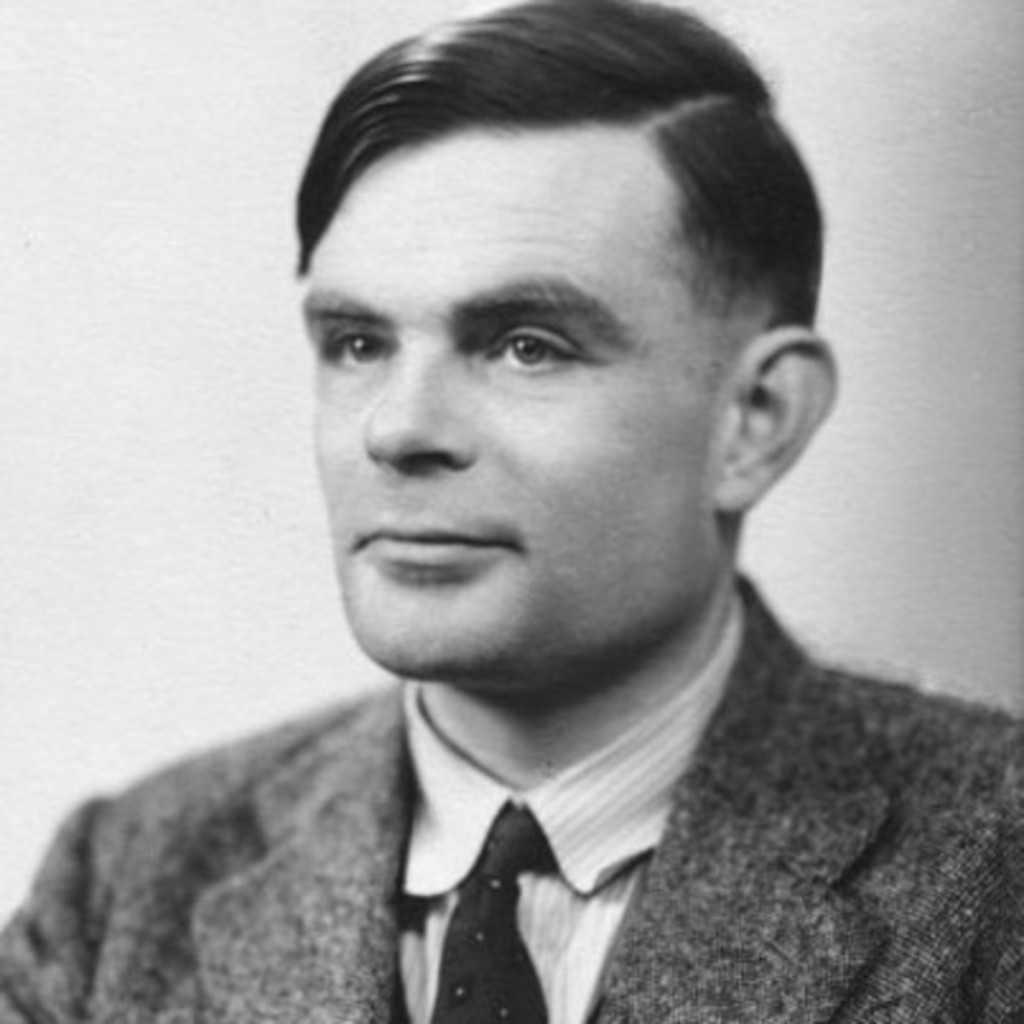
Instead, Turing was prosecuted in 1952 for homosexual acts. He was forcibly chemically castrated and died from cyanide poisoning at the age of 41. He didn’t get a pardon until 2013. 2013. Are you kidding me? Thank goodness we now have the ‘Alan Turing Law’ that retroactively pardoned men cautioned or convicted under historical legislation that outlawed homosexual acts. And in 2019, a BBC series here in England named him the greatest person of the 20th century – based on audience voting. Only 70 years too late.
D. The Stableyard & Garages
This part of the site was really interesting – tucked away behind the mansion are the most amazing garages full of incredible cars and bikes. The exhibit tells the story of the bike delivery drivers who had to deliver packages from Bletchley Park to various locations in the country, often in pitch black conditions. Also during the war, all road signs were taken down to confuse anyone who may invade – so they had to do it with no maps, no lights, and no clue what they were delivering, often on crazy tight deadlines. Amazing.
The garage also has the transport used to bring code breakers from Bletchley village to the site, as well as the ambulance used. A lot of the cars have also since been used in films so there are boards explaining where they’ve been used too.

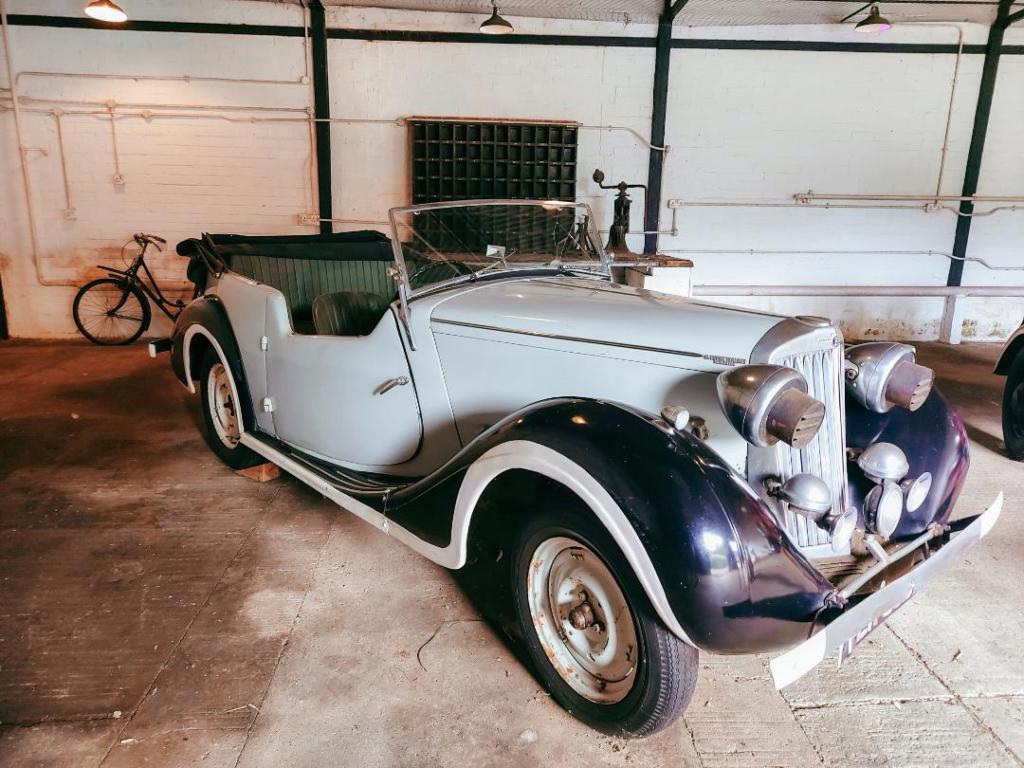
E. Hut 3 – D Day
Hut 3 covers the story of Bletchley Park’s role in the D-Day landings, where the Allied forces landed in France to take on Hitler’s regime. I had no idea they had gathered so much intelligence that they actually knew where all 58 of the German defence lines were. They also knew that Hitler thought the Allies would land at Calais, and were able to feed false intelligence to support this assumption – so that the landing at Normandy was unexpected. There is a great film explaining how the code breakers managed to get hold of the senior Nazi official’s communication and work all of this out, but also an appreciation that even with intelligence – the battle still had to be fought and there were thousands of lives lost.
F. Hut 6 and 8 – Restored code-breaking huts & Alan Turing’s Office
Visiting the restored code breaking huts is a must. The exhibits here allow you to experience how it was to work in wartime Bletchley Park, and ‘meet’ some of the Codebreakers as they tell the stories of what happened inside these walls. Also within hut 8 is Alan Turing’s office, recreated to how it would have looked in WW2. I also enjoyed the Royal Pigeon Racing Association exhibition, explaining the use of pigeons in WW2.

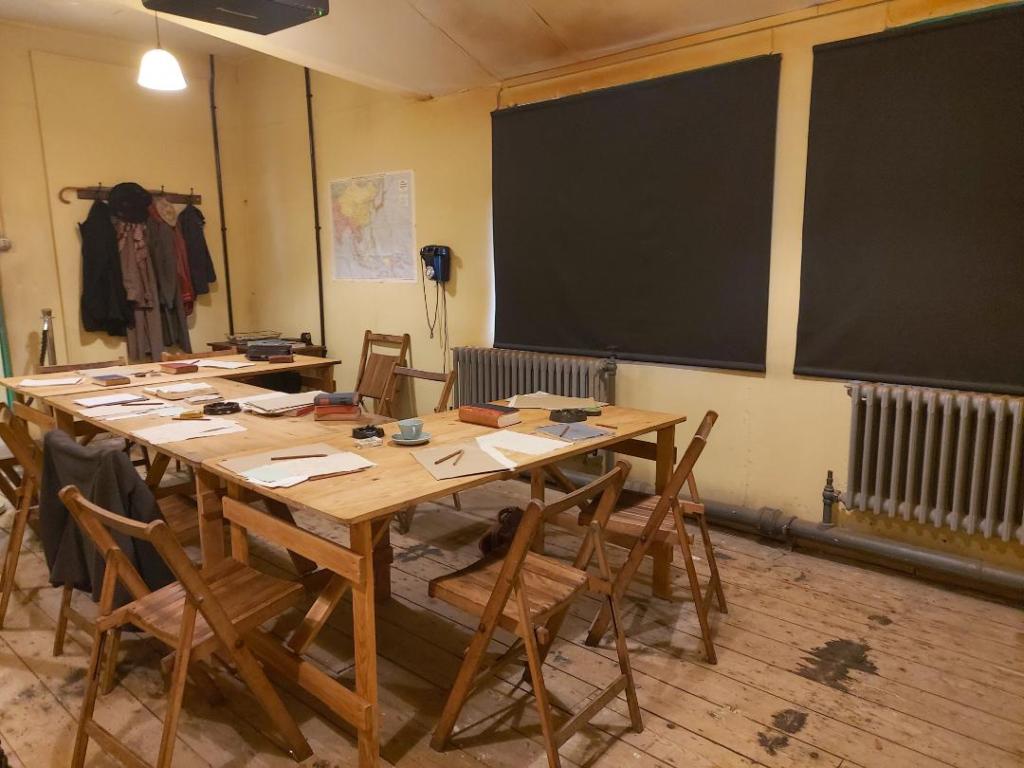
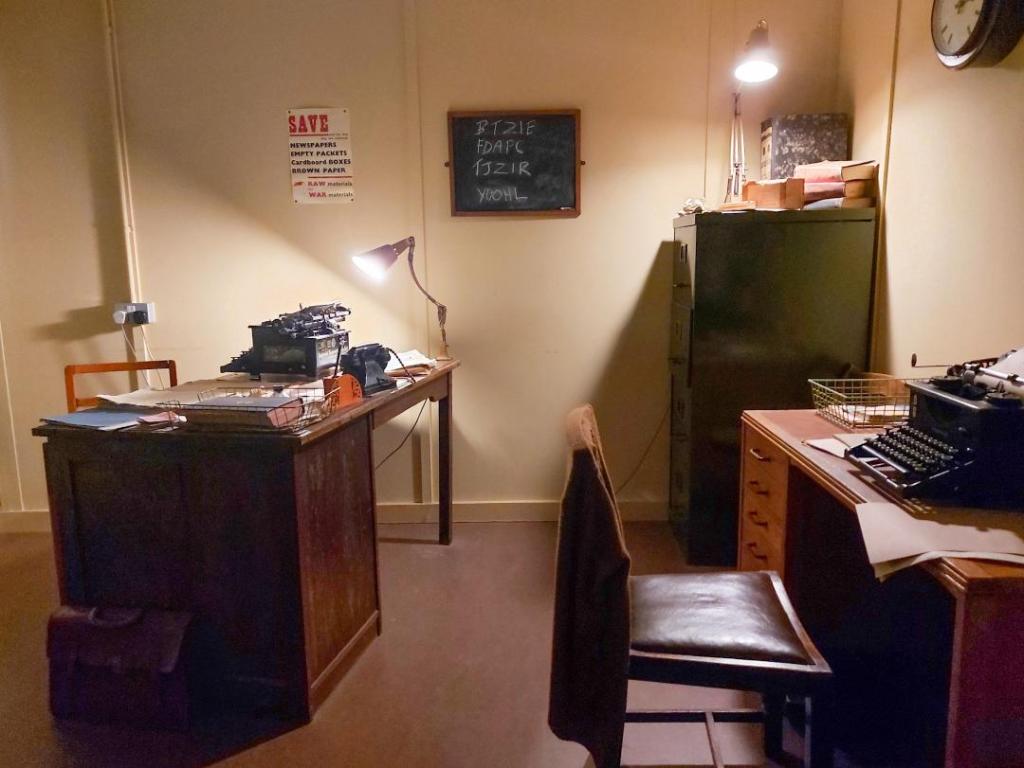
One of the most impactful part of the huts though was the story of how incredibly brave British Naval workers obtained the codebooks to help crack Enigma in 1941. A German U Boat – U559 – was spotted and sunk off the coast. The German crew hurriedly scrambled overboard without destroying their codebooks or Enigma machine – then three amazing Royal Navy sailors, Lieutenant Anthony Fasson, Able Seaman Colin Grazier and Canteen Assistant Tommy Brown, boarded the U-boat. They retrieved the U-boat’s Enigma key setting sheets with all current settings for the U-boat Enigma network. Grazier and Fasson both drowned getting this information – giving up their own lives to help save the lives of countless others. Without that initial intelligence, Engima would have remained much, much harder to crack.
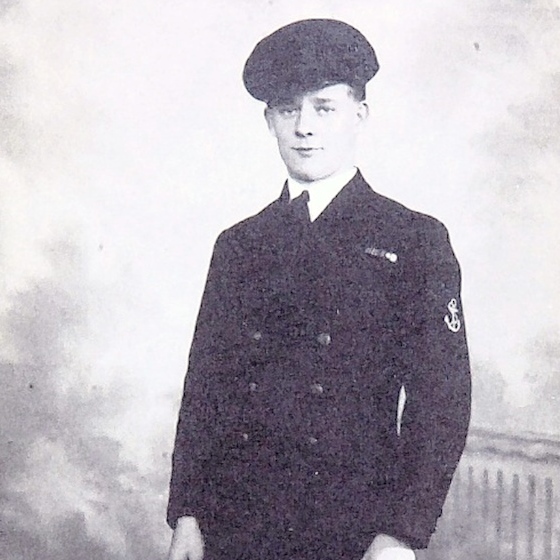
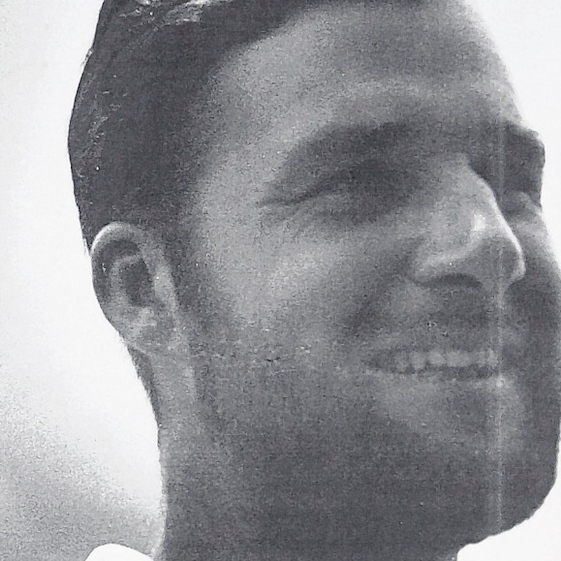
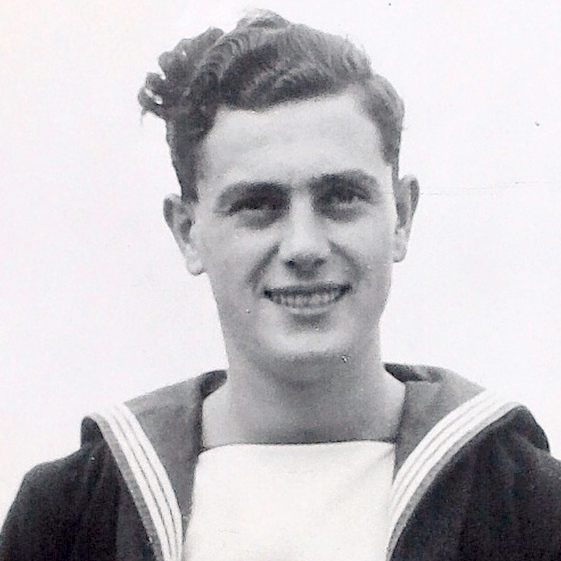
Tommy Brown (L), Anthony Fasson (C) and Colin Grazier (R)
Ultimately when it comes down to it, for me the story of war is always a story of people. Of incredible sacrifices, of loss we can’t even comprehend, of brilliance in the face of adversity. People like Fasson, or Grazier, or Turing, or Welchman, or Brown, or Denniston – all remarkable in their own way. And that’s what will stay with me from my visit.
How to get to Bletchley Park
Driving to Bletchley Park is easy and there is plenty of parking on site. From London, Cambridge or Oxford, it takes around 1.5 hours to reach the site in rural Buckinghamshire.
If you want to take the train, you can get the train to Bletchley station, and then it’s a 5 minute walk to the site. There’s a direct train from London Euston to Bletchley which takes just under an hour so it makes for a perfect day trip from the capital.
Thanks so much for reading! What do you think of Bletchley Park? Had you ever heard of it and would you like to visit? I thought it was such an interesting place and I learned a lot from my visit. Stay safe and happy travelling everyone!

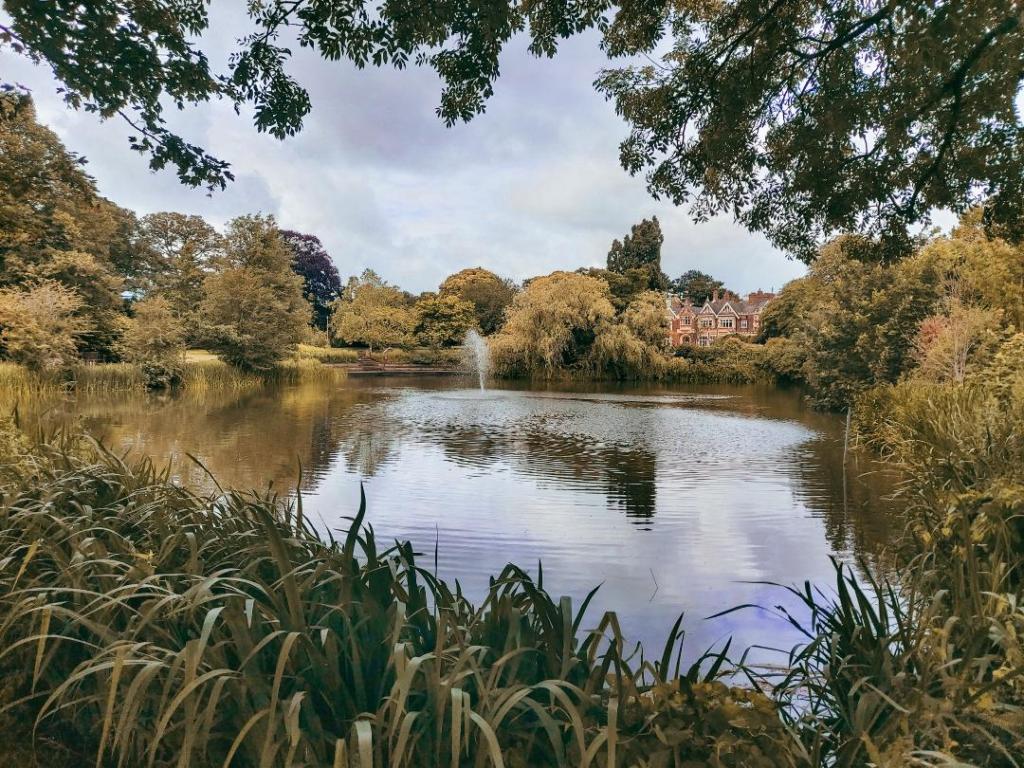
Leave a comment